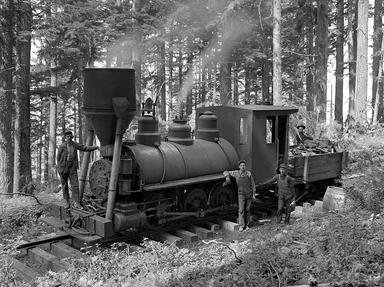Quiz Answer Key and Fun Facts
1. In what year was the Civilian Conservation Corps (CCC) first introduced to Congress?
2. In the beginning, what group was identified to provide structure on day-to-day operations at CCC camps?
3. Which of these was NOT a basic requirement for enlistment in the CCC?
4. The CCC was on the cutting edge of integration as all CCC camps were open to all minority groups.
5. What percentage of CCC volunteers were high school graduates?
6. Unemployed veterans, mostly from World War One, were accommodated by the CCC. How?
7. The CCC had an Indian Department that had special differences. Which of these was NOT one of them?
8. In what year did the CCC become a permanent part of the federal government?
9. The list of men who were associated with the CCC is long. Alvin York, hero of World War One, played by Gary Cooper in "Sergeant York" (1941), worked as a project supervisor; General Douglas McArthur was an early consultant; Stan Musial became a Baseball Hall of Fame member. Among these four actors, which one did NOT serve in the CCC?
10. The CCC accomplished many tasks and goals. Which of these was NOT one of them?
Source: Author
Rehaberpro
This quiz was reviewed by FunTrivia editor
bloomsby before going online.
Any errors found in FunTrivia content are routinely corrected through our feedback system.

